It’s no big secret that competitive snowsports are expensive. It’s something that we at Ski & Snowboard Club Vail (SSCV) and our national governing body, USSA, are aware of. While it may not be possible to bring the cost of competitive skiing and snowboarding down to the level of certain team sports, there are several initiatives we can pursue in the Vail Valley to bend the cost curve and make participation more affordable.
First, let’s talk about where the money goes. One of the most significant costs associated with competitive skiing and snowboarding is the membership fee — what athletes and their families pay to participate in our programs. These fees tend to start off fairly low at the entry level then increase as the athlete grows older and becomes more serious about his or her sport.
At SSCV, the bulk of our expenses are tied to salaries. Our coaches’ compensation is market-competitive, and we need to maintain these salaries while taking steps to improve our benefits, as well as options for affordable housing. By offering competitive salaries we are able to provide the best-possible product and achieve success on snow. At the higher levels, fees are closely related to the quality of the program because it pertains to the athlete-coach ratio. For our entry-level programs, we have a mix of full- and part-time coaches. We also have volunteer and parent coaches, not unlike other youth sports. As athletes get older and more advanced, the coach to athlete ratio tends to get smaller with fewer athletes bearing the cost of the coach. The coaches at the higher level also tend to be more highly compensated.
So membership fees are likely not an area where SSCV wants to make cost-saving sacrifices, but here are several other areas where we can:
We can save on travel. The proposed expansion of the SSCV competition arena at Golden Peak would provide access to high-elevation training, which would mean less time on the road for our athletes. Skiers and snowboarders would be able to train earlier and later into the season, avoiding the expense of traveling to places like Mt. Bachelor and Mt. Hood. The ability to accomplish more training here in Vail — or in close proximity — is a huge savings over eastern and most other western programs.
SSCV is also exploring the possibility of building a four-season ski and snowboard jump at Maloit Park, which would provide more convenient and inexpensive training opportunities for the acrobatic sports. Similarly, improving snowmaking capabilities at the Minturn venue would shave travel time and expense for Nordic athletes, as well.
So improving the infrastructure of our local training facilities is a priority that will financially benefit the members and keep athletes closer to home more days out of the year.
Travel can also be cut back through effective periodization and planning. When Mikaela Shiffrin was 14 years old, she raced only 11 times. Success can be realized by leveraging the ratio of training and competition. This can only be achieved, though, by optimizing the level of training and quality of infrastructure in Vail.
Of course, another initiative already in place is the Vail Ski & Snowboard Academy, the first-in-the-country publicly funded snowsports academy located in Minturn. At other institutions around the country, families often must pay for private education and boarding costs in order to enroll in an academic program that meets the unique needs of snowsport athletes. In Vail, the education component is free (or close to it). We also have a close partnership with Vail Mountain School which offers a high-quality private education without the associated boarding costs of ski academies.
SSCV’s membership fees begin at $1,850 at the entry level and cost as much as $16,500 at the NorAm level, but all of our fees are eligible for financial aid, as much as 75 percent. This is made possible by generous contributions of our supporters. In Vail, we are lucky to have an unbelievably supportive community. We rely heavily on volunteerism, in some cases even for coaching at the lower levels, which obviously helps offset the cost of participation.
Will competitive snowsports ever be inexpensive, like soccer or basketball? Unfortunately not. Individual sports are by nature more expensive and at SSCV we will not compromise the quality of our programs. The vision for SSCV is to be the premier snowsports club in the world. Nevertheless, there are strategies and projects we can pursue to make participation as affordable as possible. That’s our goal.
Kirk Dwyer is the Executive Director of Ski & Snowboard Club Vail and former Headmaster of Burke Mountain Academy, where he coached, among others, Vail’s own Mikaela Shiffrin.
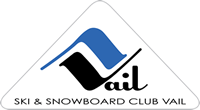
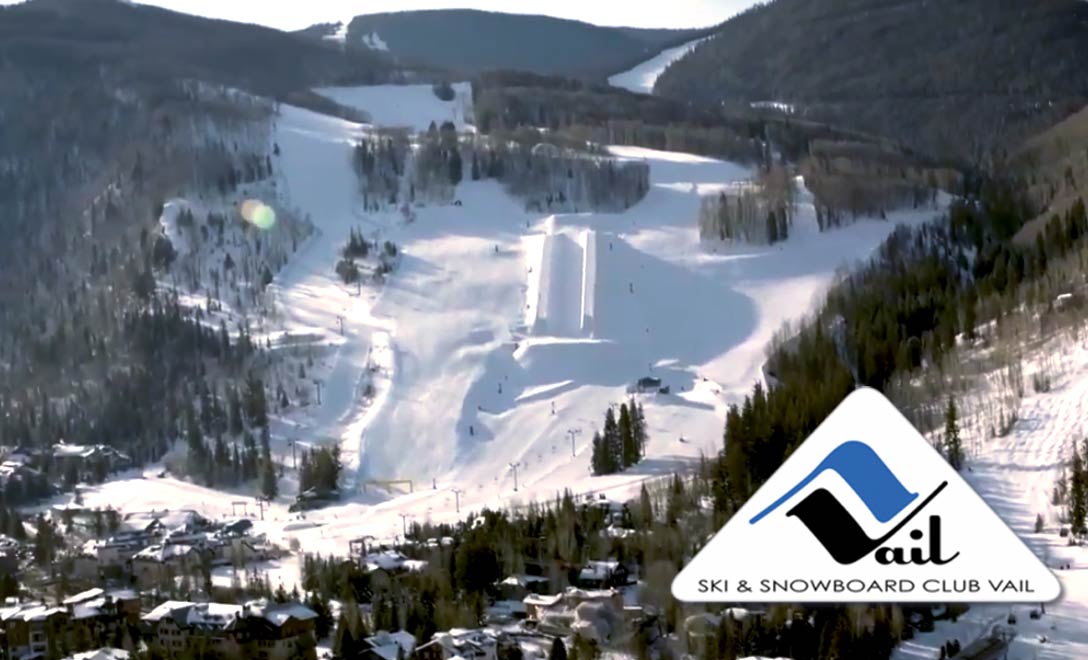
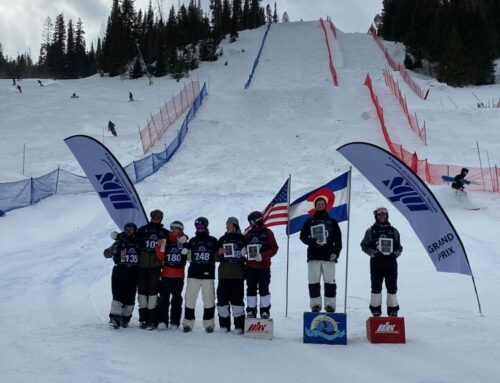
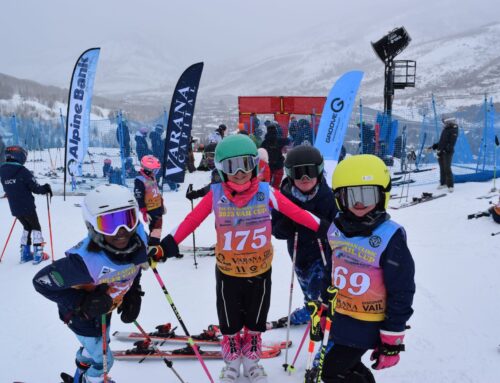
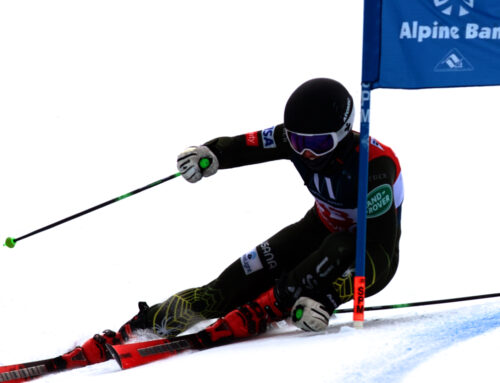
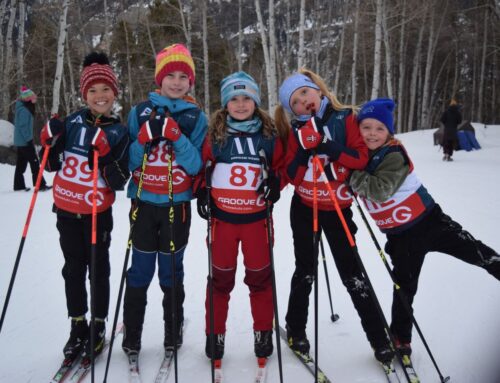
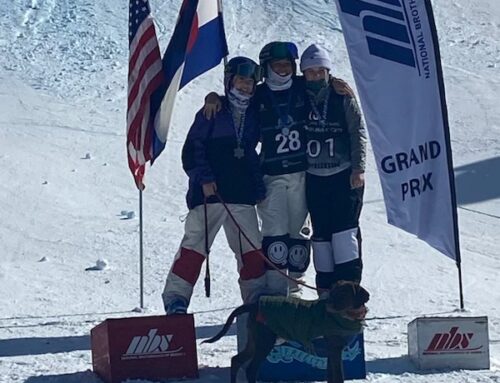
Follow SSCV